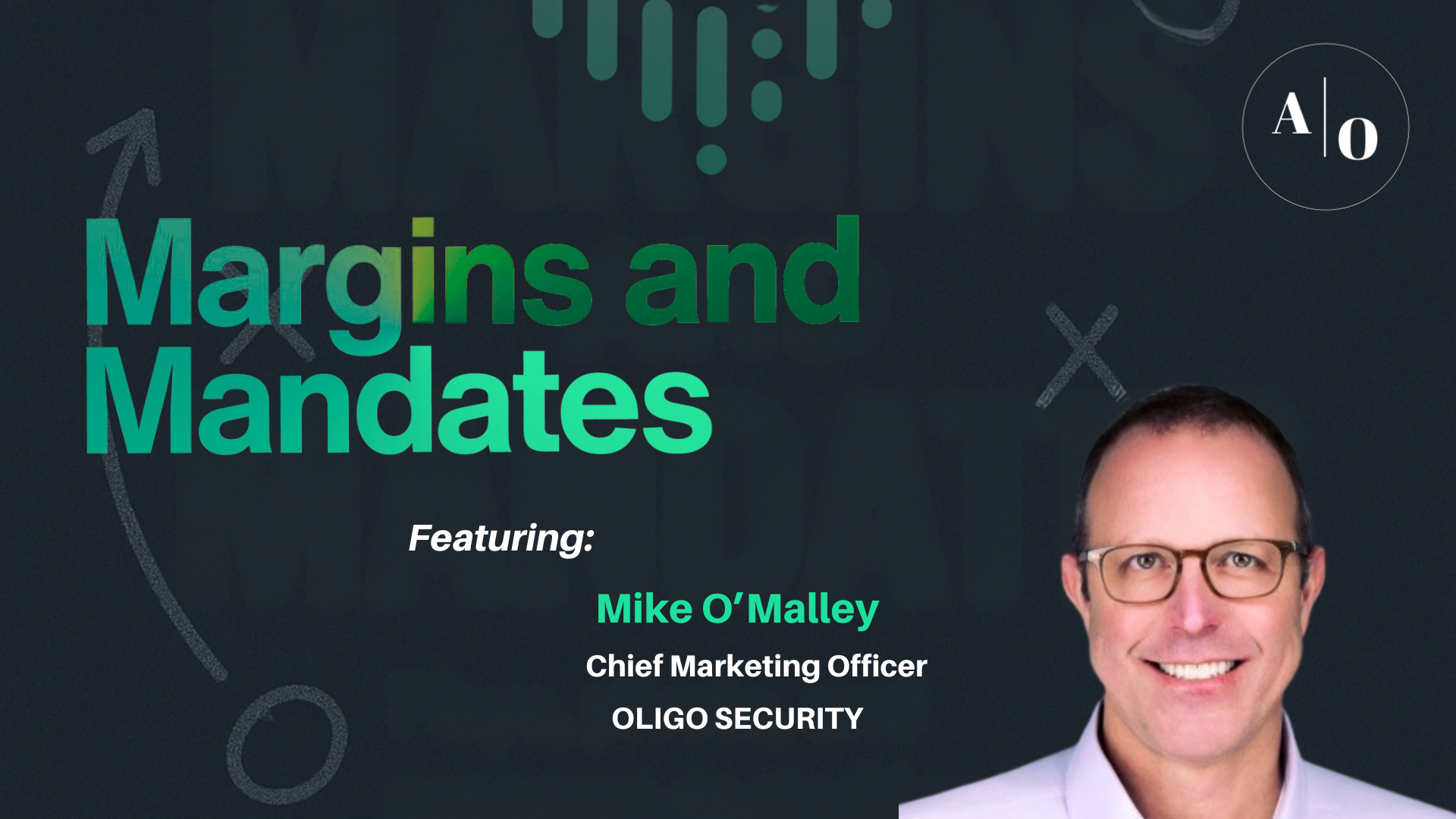We live in the trust-crisis age. The onslaught of information, personalized to our liking, through mass and social media, can hardly be consumed, nevermind trusted. The posture of skepticism of messaging and information continues to rise.
As leaders, we seek to build trust and loyalty within our teams. The benefits seem obvious: motivation, collaboration, and dedication in an environment where employees trust their leaders and invest in their own and their teammate’s success.
In our evolving culture, the bar to achieving trust continues to rise, making it more important to be deliberate when addressing this challenge.
Trust is the foundation upon which all healthy relationships are built, and this principle also holds true within organizations. Trust fosters collaboration, innovation, and overall organizational health.
“Trust is the glue of life. It’s the most essential ingredient in effective communication. It’s the foundational principle that holds all relationships”.
Stephen M.R. Covey,
But how do we cultivate trust within our company? The answer is multi-dimensional.
According to David Horsager of the Trust Edge Institute, “Trust, not money, is the currency of business.” He emphasizes the importance of trust in achieving peak organizational performance by focusing on eight pillars.
- Clarity: Clear communication is vital. Organizations must ensure that their vision, values, and expectations are transparent to all employees.
- Compassion: Showing genuine care and concern for team members fosters a supportive environment where trust can thrive.
- Character: Consistently demonstrating ethical behavior builds a solid foundation of trust.
- Competency: Regularly developing skills and capabilities ensures the team can rely on each other’s expertise.
- Commitment: Dedication to the organization’s goals and values strengthens trust among team members.
- Connection: People want to follow and be around those willing to connect and collaborate.
- Contribution: Ultimately, you must deliver results to be trusted
- Consistency: Deliver the same quality of results every time, and you will maintain trust.
In this article, I’ll focus on the concept of clarity as a cornerstone for establishing a trust culture and potentially the most impactful pillar of trust to achieving organizational health.
The Role of Clarity in Building Trust
Defining Purpose and Direction
Clear communication about the company’s mission and vision gives employees a sense of purpose. When employees understand the ‘why’ behind their work, they are more likely to be motivated and committed. I spent several years as an executive at Everbridge. Our service could send millions of emails, texts, and mobile phone alerts in a few minutes. Our mission to “save lives and livelihoods by helping millions communicate in a crisis and manage operational incidents” was clear, compelling and central to our culture.
Author and motivational speaker Simon Sinek encapsulates a vital concept: “People don’t buy what you do; they buy why you do it, and what you do simply proves what you believe.” This succinctly underscores the importance of having a clear purpose. Such clarity drives employee engagement and fosters trust both within the organization and externally.
Many look to create a culture like the one Google was renowned for fostering during the years of its massive growth. According to a case study by 6Q Employee Feedback System, Google executives clearly articulated the company’s mission “to organize the world’s information and make it universally accessible and useful” consistently to align employees’ efforts towards a common goal.
Clarity in Goal Setting and Decision-Making
Clear expectations about roles, responsibilities, and performance standards help employees know what is expected of them. This reduces uncertainty and builds trust in leadership.
Clear goals and informed decision-making are essential for maintaining trust within an organization. When goals are ambiguous, employees may feel lost or uncertain about their roles, leading to disengagement and decreased productivity. Clear, actionable goals provide direction and purpose, critical for maintaining employee motivation and trust.
“Setting goals is the first step in turning the invisible into the visible.”
Tony Robbins
Ambiguity in decision-making processes can also erode trust. When employees are left in the dark about how decisions are made, they may feel excluded or undervalued. Transparency in decision-making builds trust and encourages employee buy-in and engagement. Leaders who clearly communicate the rationale behind their decisions foster a culture of inclusivity and respect.
Transparency in Actions and Policies
Organizational transparency involves more than just open communication; it also involves clear policies and guidelines. Employees can become confused and frustrated when policies are vague or inconsistently enforced. Clear policies provide a framework for employees to operate confidently, knowing that expectations are consistent and fair.
Transparency also promotes accountability. When actions and policies are clear, employees understand the standards to which they are held, and leaders are more likely to be held accountable for their actions. This mutual accountability strengthens trust and promotes a culture of integrity within the organization.
Avoiding the Pitfalls of Transparency
Clear communication is paramount to building trust among team members. When leaders communicate openly and transparently, they foster an environment where employees feel valued and understood. This sense of understanding is crucial for effective collaboration and problem-solving.
According to a study by Deloitte, clear and transparent communication is one of the top factors contributing to a positive employee experience, which drives engagement (Deloitte United States).
However, sometimes, transparency can be the enemy of clarity. As a leader in several private companies, I struggled with whether and to what extent to share detailed financials with the entire company. The assumption was that a willingness to be fully transparent would build goodwill and trust in the organization.
It can have the opposite effect when the information is too detailed and not understandable by employees across every function and may come across as arrogant or dismissive. If you find yourself explaining what EBITDA means in a company communication, you’re likely off-track. Providing clear and honest communication about company performance and its impact on the mission will put more clarity points on the board than a P&L slide.
Trust as the Currency of High-Performing Teams
The best-performing teams thrive on trust and clarity. Trust enables team members to take risks, innovate, and collaborate effectively. Without trust, teams are less likely to communicate openly, share ideas, or work cohesively.
“Great teams do not hold back with one another, they are unafraid to air their dirty laundry. They admit their mistakes, their weaknesses, and their concerns without fear of reprisal.”
Patrick Lencioni
Clarity underpins this foundation of trust, as articulated by Patrick Lencioni: “Clarity is the answer to most everything in business and life. When people are clear about what is expected of them, they trust each other more and perform better.” This insight reinforces how critical clear communication is for team success.
A culture of clarity reinforces trust by ensuring that team members understand their roles, responsibilities, and the goals they are working towards. This clarity reduces misunderstandings and conflicts, allowing teams to focus on achieving their objectives. Trust and clarity create a synergistic effect, driving high performance and innovation.
Practical Steps to Foster Clarity
Here are several actionable strategies to establish and nurture clarity within teams. These steps ensure that every team member feels informed, aligned, and empowered to contribute to the collective goals. Implementing these practices will not only build a foundation of trust but also drive unparalleled performance:
Articulate the Vision and Mission – Clearly define and communicate the organization’s vision and mission. Ensure that these statements are visible and understood by all employees.
Set Clear Expectations – Clearly outline roles, responsibilities, and performance standards. Use regular feedback and performance reviews to reinforce these expectations.
Maintain Transparency – Communicate openly about decisions, changes, and challenges. Use multiple channels to ensure that information is accessible to all employees.
Encourage Open Dialogue – Foster an environment where employees feel comfortable asking questions and seeking clarification. Encourage leaders to be approachable and responsive.
Conclusion
Trust is the currency that fuels high-performing teams, and clarity is the key to earning it.
Clarity is pivotal in building trust and improving organizational health. Clear communication, goal setting, decision-making, and policies are all essential components of a trust-based organizational culture. By fostering clarity, leaders can build trust that supports collaboration, innovation, and overall organizational success.
To truly harness the power of clarity, reflect on your own communication practices. Consider how transparency and clear policies could enhance trust within your organization. Commit to cultivating a culture of clarity and trust as a pathway to lasting success.
Resources
- Horsager, David, The Trust Edge: How Top Leaders Gain Faster Results, Deeper Relationships, and a Stronger Bottom Line, 2012
- O’Boyle, Carolyn and Hogan, Susan, Engaging Workers as Consumers, Deloitte Insights, 2019
- Akram, Usman, Case Study: How Google Boosts its Employees’ Engagement, 6Q Blog, 2017
- Covey, Stephen M.R., The SPEED of Trust: The One Thing that Changes Everything. Free Press, 2006.
- Sinek, Simon, Start with Why: How Great Leaders Inspire Everyone to Take Action. Portfolio, 2006
- Lencioni, Patrick, The Five Dysfunctions of a Team: A Leadership Fable. Jossey-Bass, 2002










